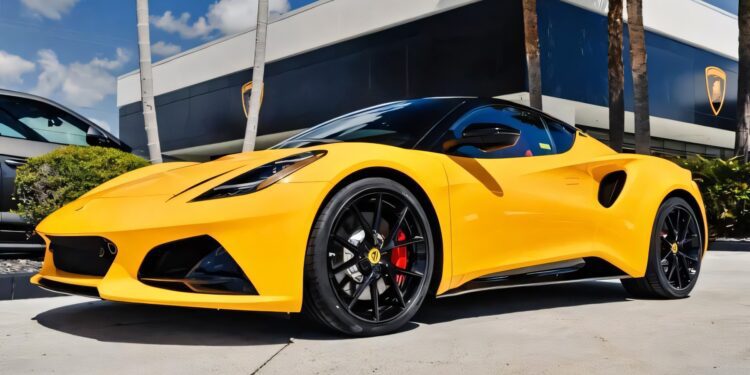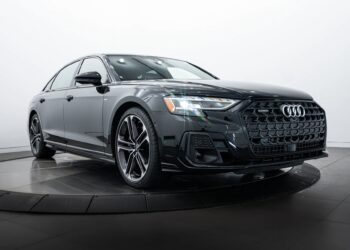In 2025, it is true that $100,000 won’t get you that far in the supercar world, unless, of course, you’re looking at the pre-owned market. It is hard to believe that a decade ago, that figure could get you deep into premium territory, with cars including the 911, AMG V8s, and even lightly optioned Italian exotics. Today, even a base Carrera 992.2 hovers around $130k, before options.
So we can all agree that the sports car landscape has shifted, and with everything from supply chain disruptions to inflation and tariffs, it has only driven prices north. Having said that, there’s thankfully still a healthy dose of brand-new and lightly used enthusiast cars that can be had for under 100 grand, and they’re better than ever. From nimble coupes to mid-ships and more, you can still snag some genuinely cool rides, without breaking that six-figure ceiling, and we’ve gathered some of the best ones to consider in this list.
Mazda Miata
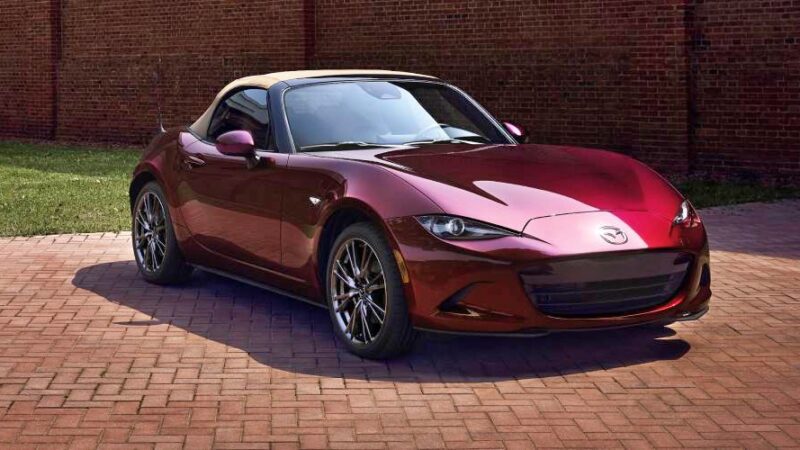
You can’t talk sports cars and not bring up the Miata or the MX5, as it’s known elsewhere. Mazda’s iconic roadster dates back to 1989, and it was born with one purpose. To revive the lightweight sports car formula of old British roadsters of the 1950s and ‘60s. Even Jay Leno has one. Four generations on and the current Miata (ND) has stayed true to its roots to this day.
With just 181 horsepower from a 2.0-liter four-cylinder, the focus is on a lightweight chassis (under 2,400 pounds) with superior dynamics rather than brute force. In 2025, the Miata remains unmatched for pure analog driving as it offers 50:50 weight distribution, razor-sharp steering, a six-speed manual transmission, and most crucially, value, as prices start under $30k.
Toyota GR86 / Subaru BRZ

Born out of a rare Toyota-Subaru alliance, the first-gen 86/BRZ duo debuted back in 2012, with one mission: to make driving fun again. Things like the lightweight body, rear wheel drive, and perfect balance, quickly earned the pair, a cult status among enthusiasts. Its popularity led to a second generation in 2022, bigger, meaner, and more powerful.
For 2025, both the GR86 and BRZ continue to remain some of the purest sports cars for under $35k, besides the aforementioned Miata. No turbos, no trickery. Just a punchier 228 horsepower from a 2.4-liter naturally-aspirated boxer four, paired to a six-speed manual gearbox. As starter performance cars, both are still respected, seasoned drivers, and there’s plenty of aftermarket support and track-ready potential that you can tap into.
Nissan Z
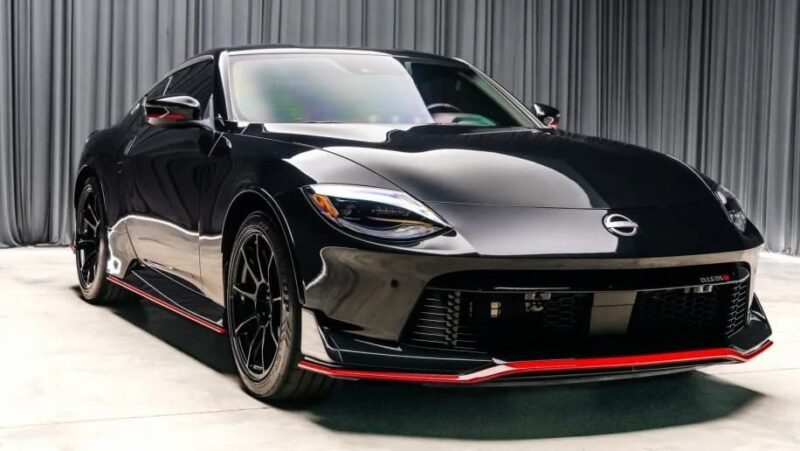
Nissan’s Z lineage stretches all the way back to the Datsun 240Z from 1969. Affordable, yet stylish, the OG Z challenged European sports cars from the time. Over the decades, the Z Series has evolved, going from turbocharged beats of the 1980s to dominating the JDM tuner scene in the ‘90s and early 2000s. Picking up where the old 370Z left off, the ‘Z’ moniker received a modern reboot in 2023.
For 2025, the ‘Z’ continues to double down on both value and performance. With 400 horsepower from a 3.0-liter V6, a six-speed manual transmission, and rear wheel drive, all at a starting MSRP, just over $40k, the Z remains one of the last surviving old-school sports cars in the digital age.
Toyota Supra
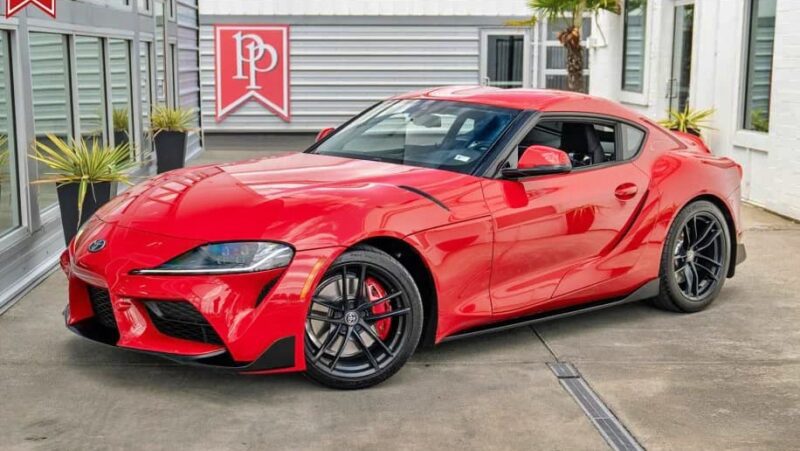
Just like the Z, the Supra too has a strong following going back decades, most notably for the MK4 and the PlayStation and fast and furious generation of the late 1990s, early 2000s. But when the nameplate made a comeback in 2019, with BMW underpinnings, it wasn’t without controversy, and purists grumbled.
Having said that, the new-gen GR Supra still packs all the right ingredients, including a 3.0-liter inline-six turbo (B58) with 382 horsepower, rear-wheel drive, and a trusty 8-speed ZF box.
Now in 2025, the latest GR Supra has matured into a serious track toy, and with the six-speed manual joining the lineup in 2023, the Supra was finally able to win over skeptics. Also, with an aftermarket tune and upgrades like downpipes and turbos, and can easily extract anywhere between 500 and 600 horsepower. The range starts at $57k for the 2026 model year, and as Japan’s answer to the Porsche Cayman, it offers a combination of sports car precision and real-world livability that comes with a Toyota badge.
BMW Z4
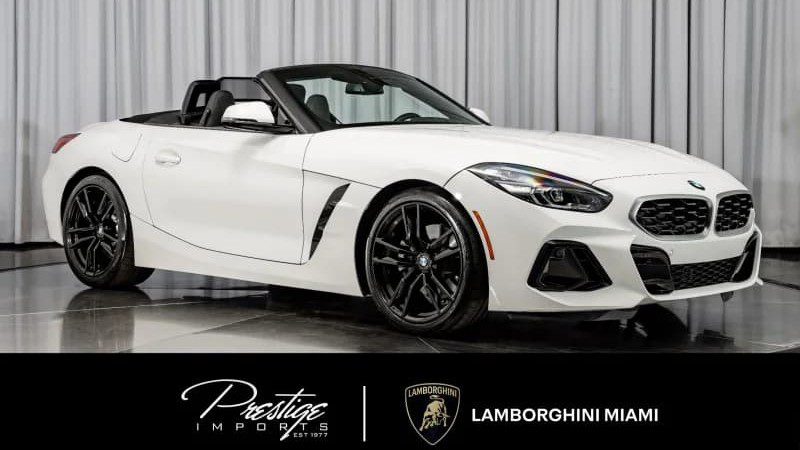
The Z4 has worn many hats since it first debuted all the way back in 2002. Building upon the Z3 that came before it, this low-slung Bavarian front-engine rear wheel drive sportscar with its long hood and stuby back, can trace its lineage back to the classic 507. While the third-gen Z4 that debuted in 2018 was co-developed and shares its bones with the aforementioned GR Supra, it differs in character.
Where the Supra is strictly a coupe, the current 2025 BMW Z4 is only available as a Roadster, ditching the folding hardtop of its predecessor. While the base model packs a humble 2.0-liter four-cylinder, with 255 horsepower on tap, the one you want is the higher-spec Z4 M40i variant that packs the same 3.0-liter inline-six turbo (B58) with 382 horsepower, paired to a six-speed manual and rear wheel drive. At $66k, it does carry a premium over the Supra, but they don’t call it badge engineering for no reason, and with the Z4, you get the open-top experience.
BMW M2
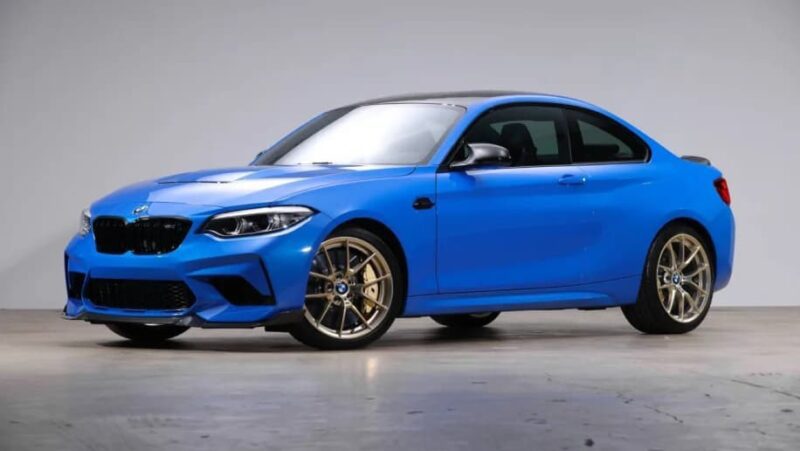
From the outset, the compact M2 and the 1M coupe, before it, have been thoroughbred cars for the purists out there. Big, powerful engine upfront, a short wheelbase,e manual gearbox in the middle, and rear-wheel drive out back. Launched in 2016, there were things about this format that should remind you of the OG E30 M3. While it has gained more power and is sharper to drive, the M2 has become a lot bulkier. Nonetheless, the 2-door coupe remains pretty raw, for what is BMW M division’s entry-level car.
For 2025, the M2 is one of the last M cars standing. With 473 horsepower from its more potent 3.0-liter twin-turbo inline six (S58), paired to a six-speed manual and rear wheel drive, the M2, starting at just over $68,k offers a great blend of everyday usability and something you can track on the weekends.
Chevrolet Corvette C8

Chevy rewrote the Corvette rulebook when it introduced the C8 back in 2020. While the mid-engine format finally came to fruition under the storied badge on the eighth-gen ‘Vette, this is something that the model’s chief architect, Zora Arkus Duntov, envisioned as early as the 1950s. In the five years since the C8 was launched, the lineup has continued to evolve with new body styles and variants like the Z06, e-Ray, and, more recently, the Z1X, all joining the entry-level Stingray.
While the Corvette has gracefully embraced the supercar format with its mid-ship layout, one thing that it shares with its predecessors is the ability to offer exceptional performance both in terms of handling and dynamics, at an attainable price. The base C8 Stingray is no exception, and with its 6.2-liter V8 and 490 horsepower, you’re looking at a near 200 mph performance machine at a starting MSRP under $70k.
Porsche Boxster

The Boxster began life in the mid-1990s as an entry-level model, to take on the likes of the Mercedes-Benz SLK and the Porsche Boxster. But crucially, it remains one of the most important Porsche models, as the success of the Boxster and the Cayenne that came in the early 200swasre pivotal in saving the German brand from going bankrupt. While early 987 models had their challenges, the subsequent 981, 982, and the current 718 generation built upon the mid-engine roadster format with an expanding lineup of engines and trims
In the three decades since, the Boxster has carved out a niche for itself as a dependable and practical sports car. In 2025, though, making the case for a Boxster is more important than ever, as an all-electric replacement is on its way. Depending on demand, though, Porsche could still hang on to the gas-powered model. The range starts at $75k for the 2.0-liter four-cylinder, with 300 horsepower. For six-cylinder power, you’ll have to look at the $100K GTS 4.0 that packs a 4.0-liter and 394 horsepower. Whichever model you choose, a six-speed manual is available.
Porsche Cayman
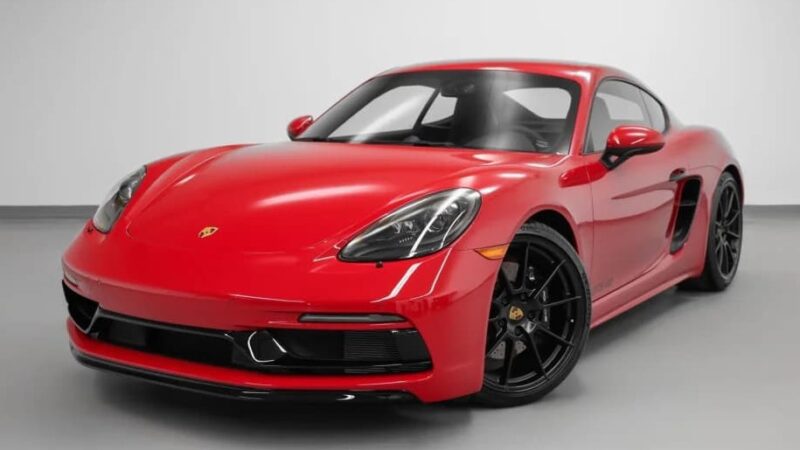
The Cayman essentially being the Coupe sibling of the Boxster, expect more of the same, but with a stiffer, lighter, and more focused setup. Since its launch in 2005, the Cayman has long lived in the shadow of the 911, but ask any Porschephile and they’d tell you that the Cayman offers a genuinely sharp, balanced, and involving chassis.
For 2025, the lineup is pretty much identical to that of the Boxster but a tad bit cheaper across the four trims. Once again, the turbo-fours starting at $73k offer plenty of poke for the money, but for naturally-aspirated goodness, you’ll have to look at the 4.0-liter six-cylinder GTS variant, and with the coupe’s dynamics, you’re getting access to the GT3 heart, this side of a 100 grand.
Lotus Emira
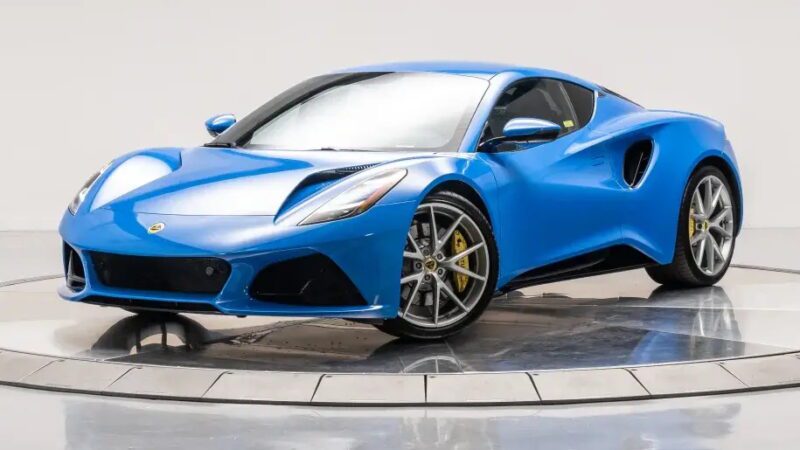
The Emira marks a turning point for the Lotus brand. As the last gas-powered model from the British sports car maker that built its reputation for featherweight engineering and simple design. In our Emira review, we found that the Emira carries through the ethos of founder Colin Chapman’s philosophy of lighter is better, tipping the scales at just over 3,100 pounds. Launched in 2022, the Emira builds upon models like the equally compact Evora, Exige, and Elise and is the last hurrah before the brand steadily makes its shift toward all-electric models.
For 2025, the Emira is already a collector favorite with its mid-engine balance, exotic looks, and a manual option. From some angles, it almost looks like a Baby McLaren, which is no bad thing. Compared to its predecessors, the Emira is also a vast improvement when it comes to build quality and creature comforts in the cabin. Starting at a shy under $100k, the Emira, with its supercar styling and an analog feel, is a fitting send-off to Lotus’ internal combustion engine era. While the AMG-sourced, 2.0-liter four can still be very entertaining, it’s the 3.5-liter V6 with 400 horsepower that you want, as it is the only way to get the 6-speed manual.

